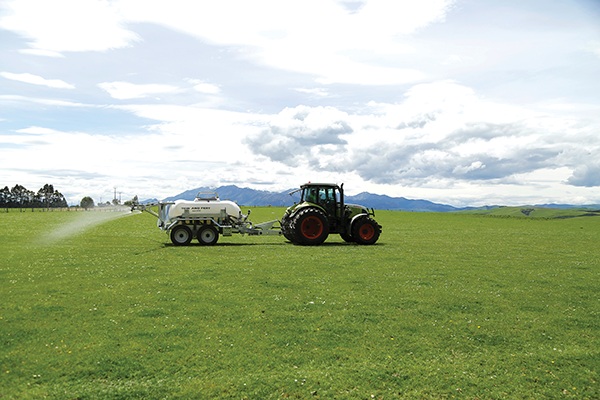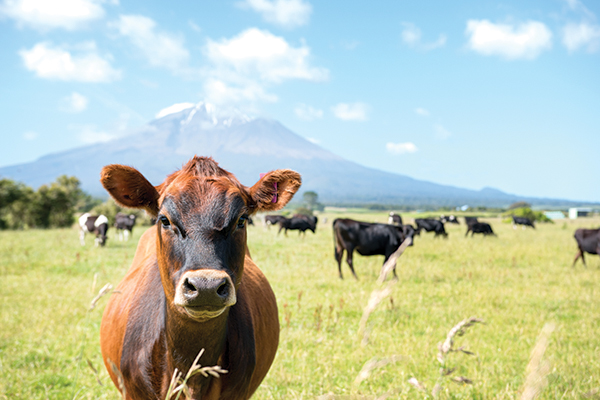Farmers are likely to be aware of the many benefits of feeding maize silage to their herd such as improved cow condition, extending days in milk and reducing feed costs. It can also help increase your milk returns and improve the environmental sustainability of your farm system.
From June 1, 2021, Fonterra introduced milk payment parameters under its Co-operative Difference programme. They now offer a premium for farmers who feed more than 80% farm-grown-feed to their cows. Maize silage, either grown or bought in, is classified as a farm-grown-feed and is a great way to increase total feed supply while remaining inside the Co-operative Difference threshold.
Fonterra’s FEI index indicates the suitability of milk fat for processing to meet customer requirements. Palm kernel extract has been considered the key culprit for a high FEI index and farmers have been advised to feed no more than 3kg palm kernel per cow per day. Maize silage is a good option to supply additional feed without triggering any negative FEI response.
Among the most significant reasons to grow maize is its ability to reduce nitrogen leaching. Maize, with its deep-rooting structure, removes excessive soil nutrients which have dropped below the root zone of shallow-rooted pasture species.
This can be particularly useful in effluent paddocks, as high-yielding maize crops require a large amount of nutrient, especially nitrogen and potassium. Growing maize mines excess soil nutrients and reduces the risk of elevated soil potassium levels or nitrogen leaching.
Feeding maize silage, a low protein feed, to pasture-fed cows also reduces the risk of nitrogen loss to groundwater. For most of the year the protein content of pasture is higher than cow requirements. Surplus dietary protein is excreted in urine and is a major source of nitrogen in waterways. Feeding maize decreases nitrogen in cow urine by more than 70%.





